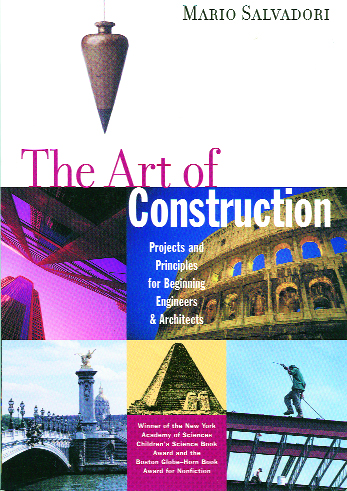Artful Engineering

Most watershapers know that the work we do requires knowledge across a wide range of disciplines – a cluster of skills that includes, among others, geology, materials science, structural engineering, construction techniques, hydraulics, architecture, art history, color theory, drafting and more.
As jacks of all trades, we don’t really need to be “expert” on all of these fronts, but without a working knowledge of the technical and aesthetic disciplines involved in creating quality work, it’s difficult to ensure the success of any given project.
There’s no question that some of us are better at certain disciplines than others, and it’s up to us to recognize our strengths and weaknesses and fill in the gaps of our understanding as best we can. When it comes to structural engineering, for example, few of us qualify as bona fide engineers: That takes years of schooling and rigorous licensing processes. But almost all of us work with precise structural designs that are specific to the vessels and associated structures we design and/or build.
In other words, we may not be engineers, but we sure as heck need to
know a thing or two about how structures work. That’s why I recently picked up a copy of The Art of Construction: Projects and Principles for Beginning Engineers and Architects by Mario Salvadori (Chicago Review Press, 1990). This 150-page text provides some of the clearest explanations and illustrations of the way structures work that I’ve ever seen.
Salvadori approaches his subject by explaining, in the most straightforward language possible, the basic principles of structural design – and then offers simple illustrations to back them up. Other texts (and I’ve seen a lot of them, believe me) do the same thing, but what’s interesting and different about Salvadori’s text compared to others is that the drawings are all about simple models you can build in a few minutes – models that demonstrate, in completely understandable ways, why engineers design things the way they do.
Most of these “projects,” in fact, are made out of things like popsicle sticks and notebook paper – the sorts of things you might find in an elementary classroom. Through these modest illustrations and examples, Salvadori provides incredibly clear conceptual lessons about for important engineering concepts, such as why arches and domes are stable or why an I-beam is stronger than a straight, flat piece of metal or why trusses are so strong.
Everything is aimed at giving the reader a clearer understanding of the stresses that structures must counteract and how, through the ages, engineers have dealt with these fundamental forces.
In the course of the book’s 15 chapters, the projects move from the simple to the complex, with each fundamental concept supporting the next. It’s an ingenious progression that’s easy to follow and, I dare say, fun to pursue and absorb. I’ll admit that until I read this, for example, I didn’t really understand why an egg is such stable structure or exactly why tents and roofs are designed the way they are.
The text does not give the reader any sort of formal training in engineering, but it goes a very long way toward developing a helpful understanding of the structures that surround us in our everyday lives. As a watershaper who works with engineers on a steady basis, I know that going through some of Salvadori’s exercises has given me an increased appreciation for the engineering challenge as well as a deeper understanding of the important work that engineers do on our behalf – an artful discipline, indeed.
Mike Farley is a landscape designer with more than 20 years of experience and is currently a designer/project manager for Claffey Pools in Southlake, Texas. A graduate of Genesis 3’s Level I Design School, he holds a degree in landscape architecture from Texas Tech University and has worked as a watershaper in both California and Texas.











